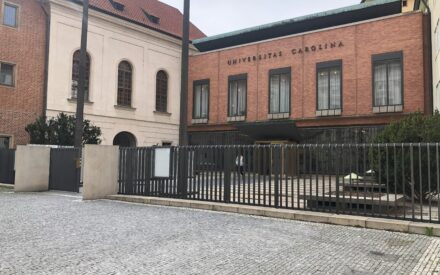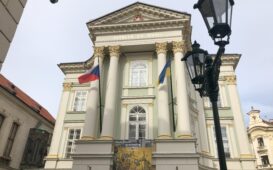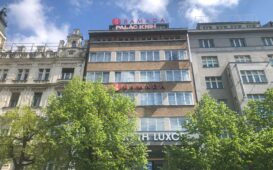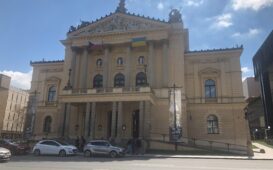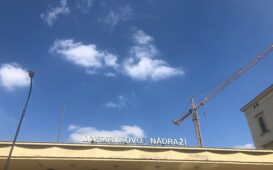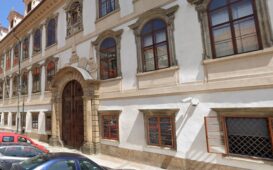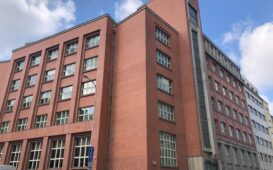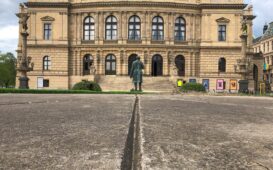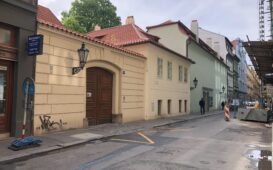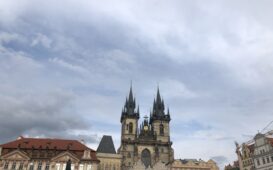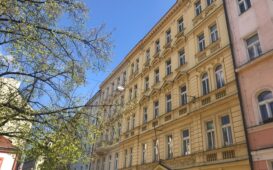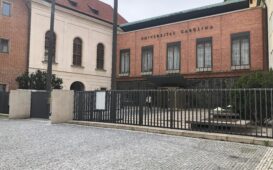Notable Women of German-Speaking Prague
The ethnic and gender identity are attributes that determine people’s lives – and they did so even more in the past. Alongside, there were disputes about their definitions that influenced society and its transformations. Such disputes had impact not only on individual lives, but also on the physical urban space. In our project, we try to show how old struggles for women’s liberation and co-existence of ethnic groups continue to be visible for contemporary observers.
The Czech and Prague histories of the 19th and early 20th century were formed by Czech-German co-existence and gradual divergence of these nationality groups.
The German language was spoken in Prague since Middle Ages, but the questions of how many people used it and what it meant were often turned into a political issue, both by the Czech and German national movements. Before the 1848 revolution, the two nations were not clearly separated, and the use of German was mostly connected with the social class. However, the situation started to change with the increasing power of the Czech national revival. From the 1860s when the nationality data became available, the number of the Germans in Prague started to decrease. It was not necessarily the case of people moving away – for example, many bilingual families started to use Czech as their primary language for various reasons. The share of German speakers in the population also dropped as Czech workers started to move to Prague’s industrial peripheries. With this development, there was also radicalization of the political parties representing these language groups.
Although it may seem from the press of that period that Prague was inhabited by two completely different groups of citizens (there were frequent calls for people to stop shopping in shops owned by the other group, and the schools and the cultural life tended to be segregated), in their everyday life, people would meet up, speak both languages and visit cultural events across the nationality division. A group that got often stuck in between the nationalist disputes was the Prague Jewish community. Some of the personalities featured in our project were Prague Jews, for example the photographer Grete Popper.
The situation was not really solved after the formation of Czechoslovakia, and Prague continued to be a place of conflicts – there were arguments about the Estates Theatre, controversy about compulsory Czech subtitles for foreign films and disputes over the university insignia. Depicted in our project, these controversies show that the German politics gradually started to stand on the defensive. Nevertheless, Prague remained the cultural centre of the Czech Germans – it was where the university and cultural institutions were based. Numerous cultural events such as performances of Hermine Medelsky in the German Theatre in Prague were visited by people of both nationalities.
On the background of nationalist disputes, other large societal changes were taking place, for example the women’s rights movements. In the Czech lands, this struggle was often overshadowed by the struggles for the national sovereignty – women were supposed to be liberated mainly in order to strengthen their nation. First emancipation projects are thus connected with distinctive personalities of the Czech national revival such as Vojta Náprstek and the American Ladies’ Club (or “Americký klub dam” in Czech), Eliška Krásnohorská and the Minerva girls’ grammar school, and Marie Riegrová’s activities.
Feminist activities exceeding the scope of the national revival were developed in the socialist circles. After the formation of Czechoslovakia when women got the right to vote, it was female members of parliament from the socialist parties of both nationalities who promoted legislation supporting women (you can read more about Irene Kirpal and other German Social Democratic women in the parliament).
The emancipatory development continued after the Second World War, but the Prague German minority no longer had a chance to participate in it. However, our project aims to show that the progress of the Czech history received significant impulses even from those citizens who declared their nationality to be German.
Autor of introduction: Karin Hoření, Autor of places: Lenka Barišová
The theme was created thanks to the support of the Czech-German Future Fund 2023.
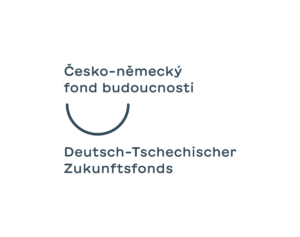
Topic places
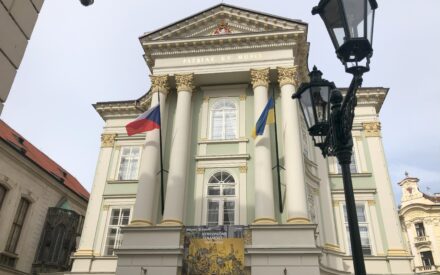
Stavovské divadlo (The Estates Theatre)
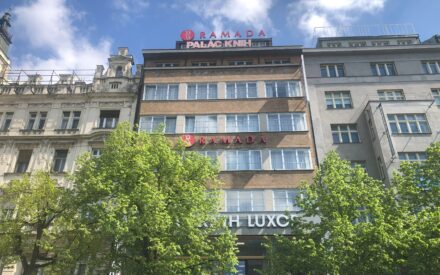
Cinemas and adored actresses

German Sound Film in Czechoslovakia

Susanne Jicha(-Götzl-Steinberg)
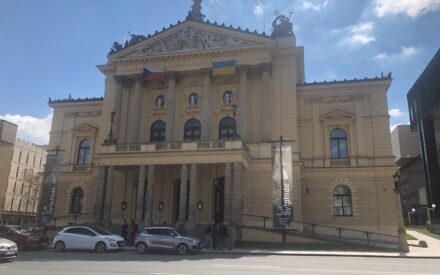
Hermine Medelsky
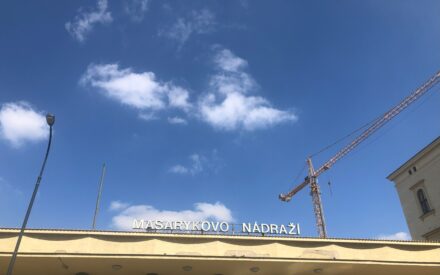
Sdružení vysokoškolsky vzdělaných žen v republice Československé (Association of University Women in The Czechoslovak Republic)
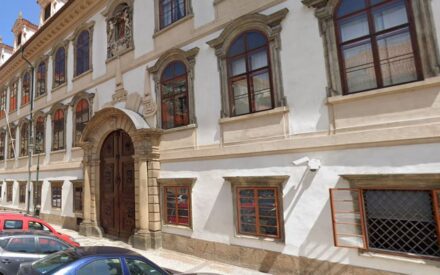
MUDr. Emma Maria Herzig
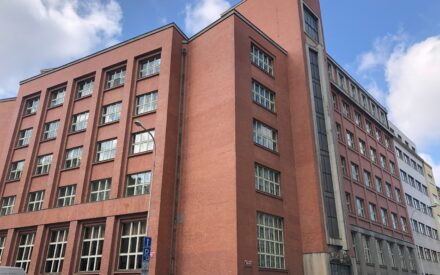
Council meeting of the International Federation of University Women (IFUW)
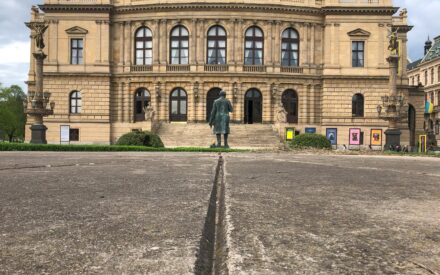
Women Politicians
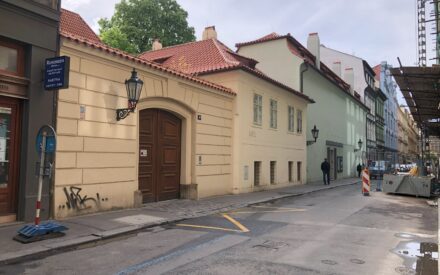
Irene Kirpal and Franziska Blatny
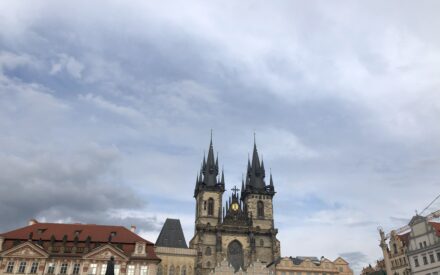
Grete Popper
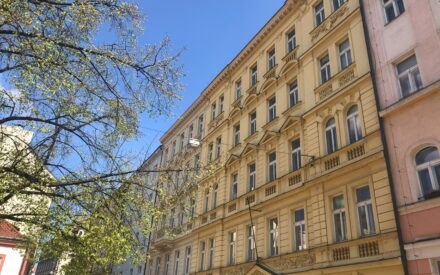
Prager Secession
